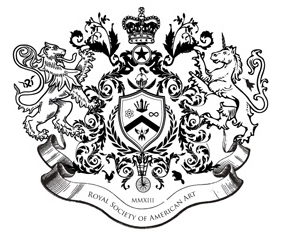Shawn Bitters
Island Funeral (detail), 2021
Screen Print on Archival Inkjet
30″ x 60″
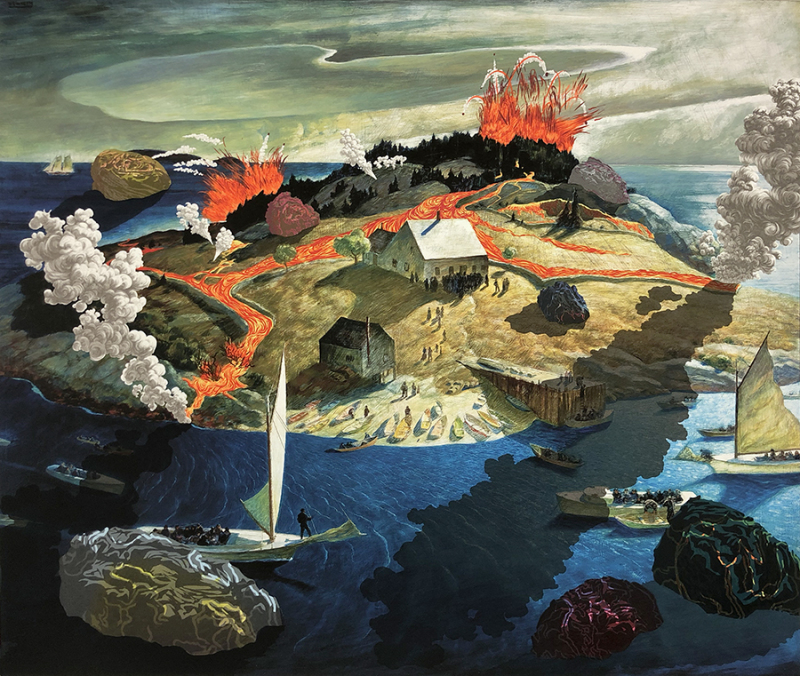
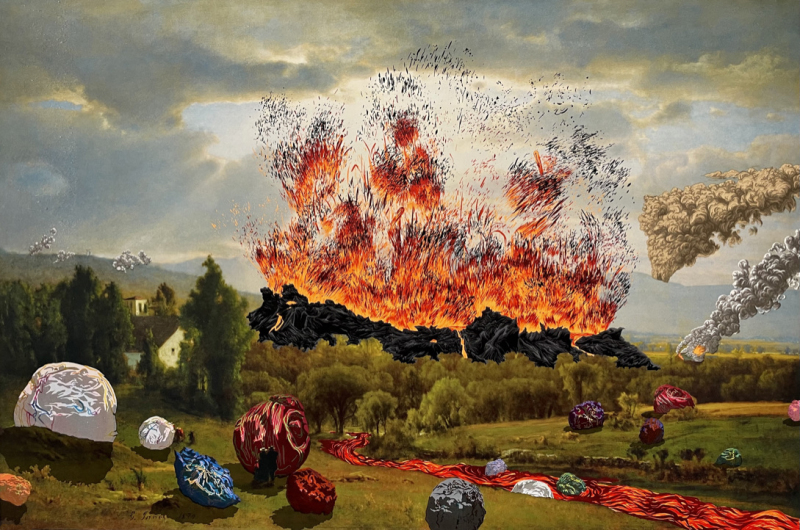
Shawn Bitters
Day of Rest (detail) , 2022
Screen Print on Archival Inkjet
30″ x 62″

Shawn Bitters
The Morning After (detail), 2020
Screen Print on Archival Inkjet
30″ x 60″
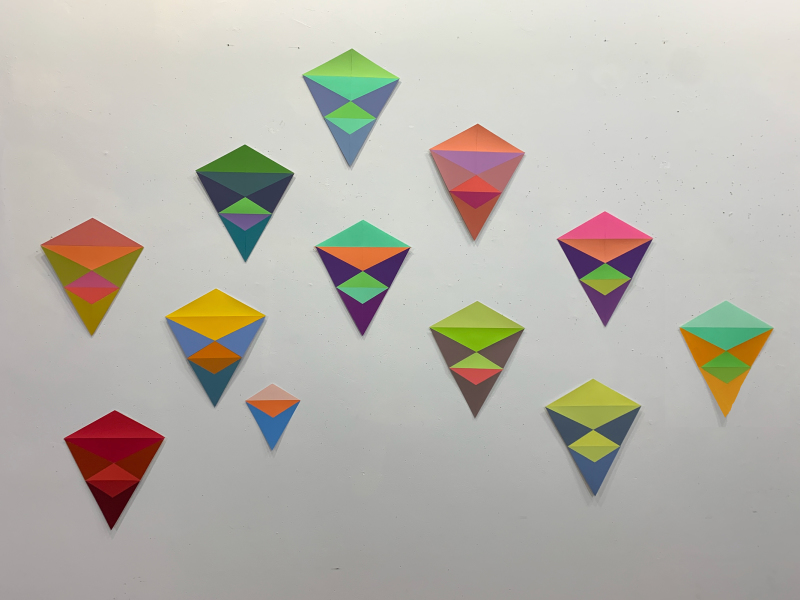
Dana Kane
Kite Installation, 2022
Paper
8′ x 10′
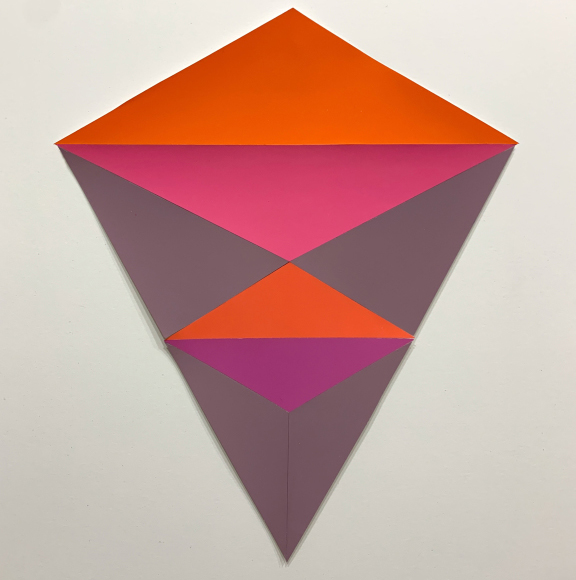
Dana Kane
Kite, 2022
Paper
10 1/2h” x 8 3/4″

Dana Kane
Kite, 2022
Paper
10 1/2h” x 8 3/4″
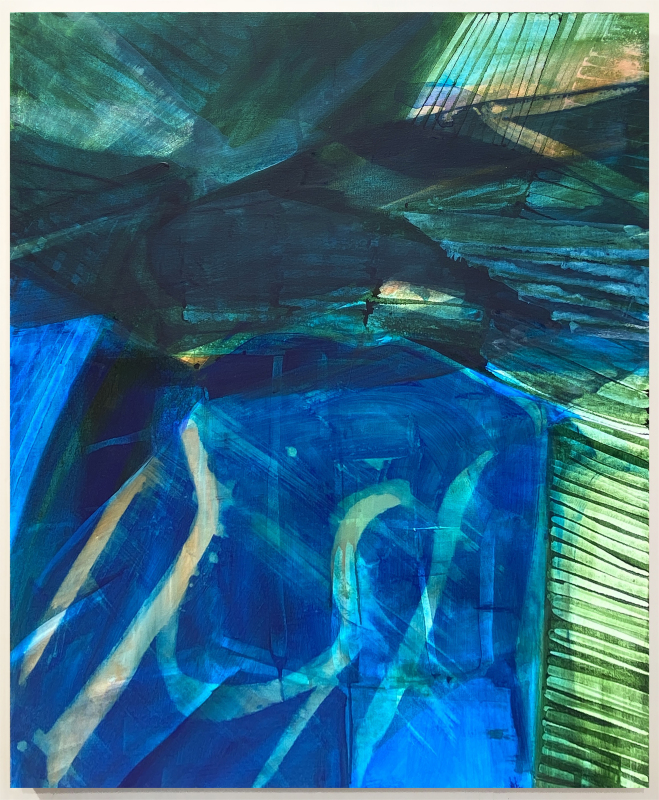
Niki Kriese
Tandem, 2022
Acrylic on canvas
44″ x 36″

Niki Kriese
Vista, 2022
Acrylic on canvas
44″ x 36″
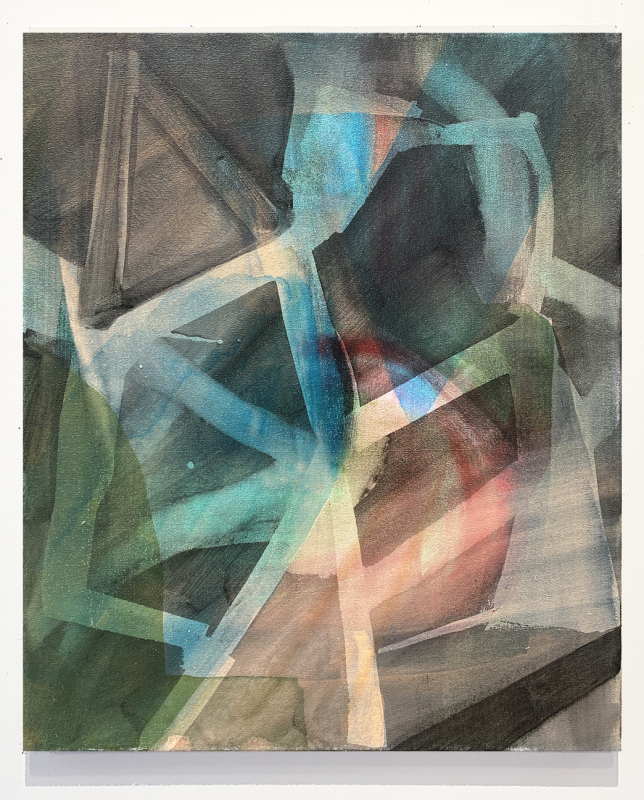
Niki Kriese
Space Walk, 2022
Acrylic on canvas
24″ x 20″
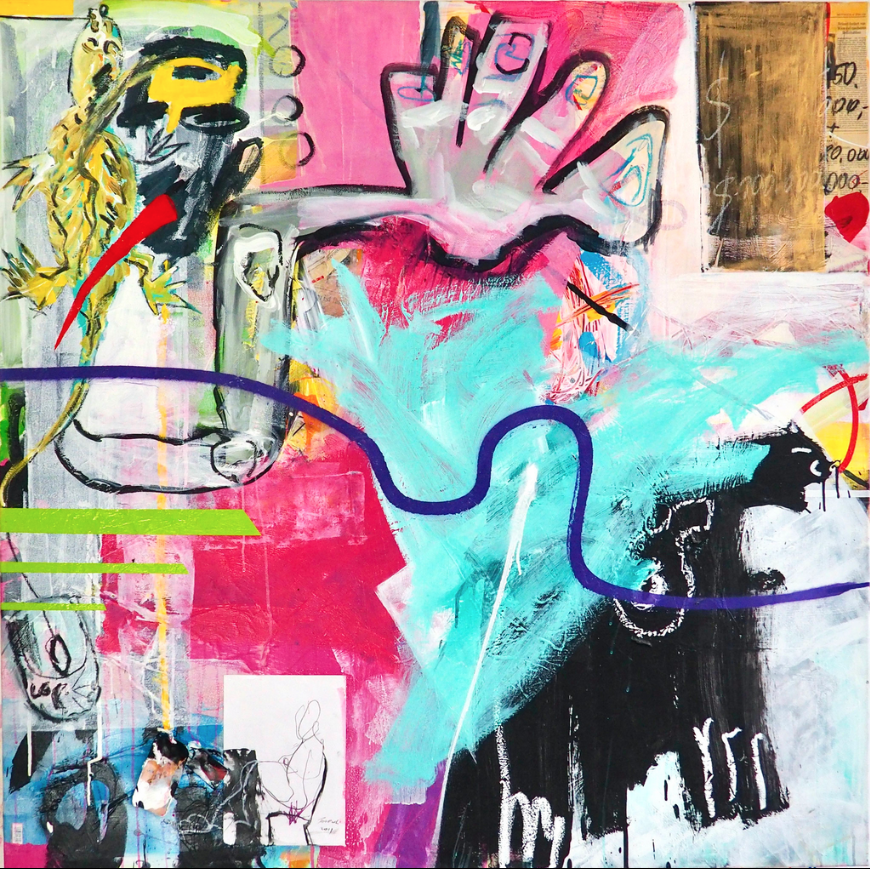
Reinhold Ponesch
I’m Worth It, 2021
Acrylic, spay paint on canvas
150 x 150 cm
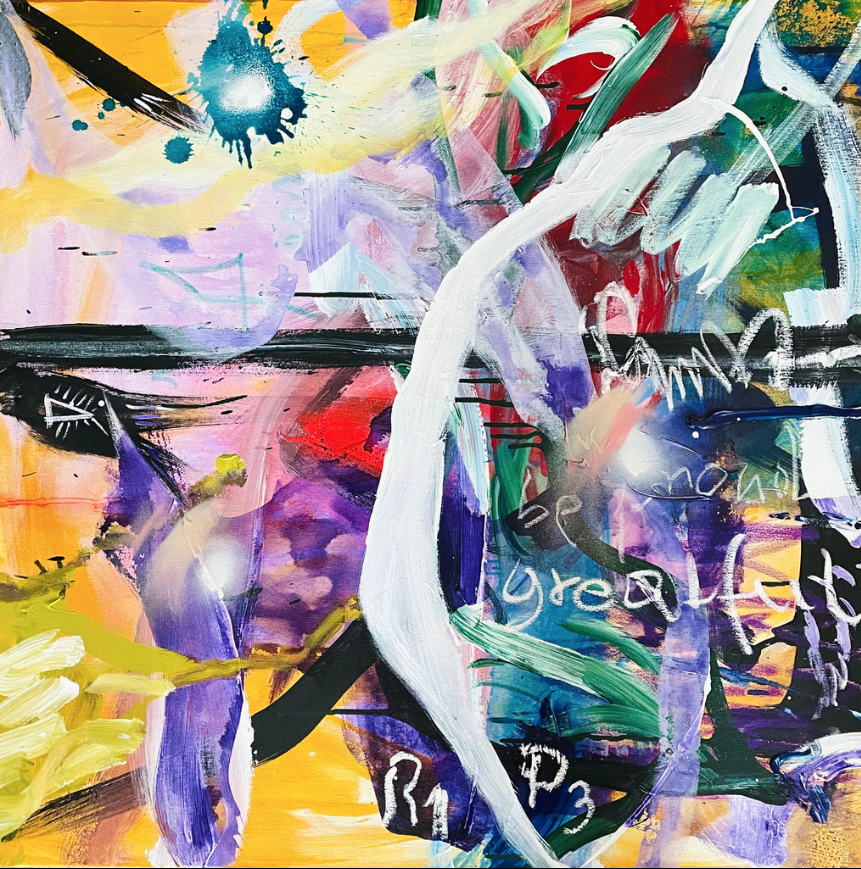
Reinhold Ponesch
Grateful, 2022
Acrylic, charcoal on canvas
83 x 83 cm
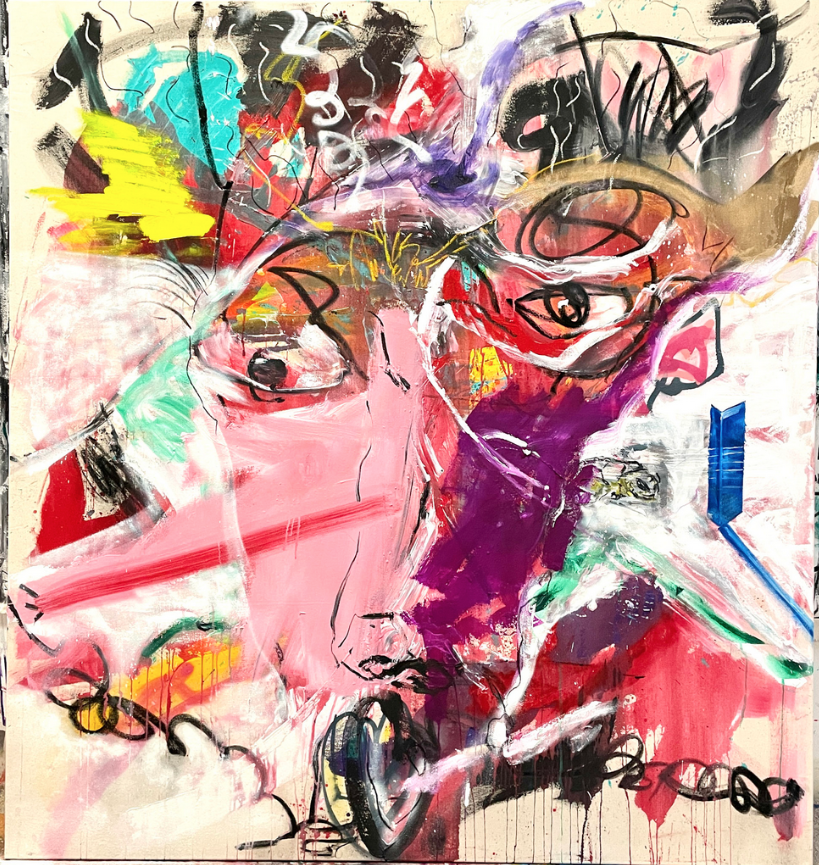
Reinhold Ponesch
Unfolded, 2022
Acrylic, charcoal, spray on canvas
160 x 150 cm
Construct
September 9th – October 9th, 2022
Curated by Yizhe Huang and Jason Clay Lewis
The Royal @ RSOAA is pleased to present Construct, a group exhibition curated by Yizhe Huang and Jason Clay Lewis featuring artists Shawn Bitters, Dana Kane, Niki Kriese, and Reinhold Ponesch.
The world is full of colors. Since the beginning of mankind, there has been a love for color. As early as 40,000 BC, our ancestors began to create pigments, by primitive methods such as heating loess and grinding colored ores or plants, to paint murals. However, in the tens of thousands of years of society development since then, we did not have a clear and deep understanding of color.
One day in the middle of the 17th century, a beam of sunlight shone through the window into the physicist Newton’s laboratory. And when this beam of light penetrated into the small prism held in Newton’s hand, an important discovery was made – the nature’s color is actually the response of human eyes to different wavelengths of light. Colors are in fact associated with lights. After the invention of the microscope, Newton and Hooke, two physicists through it observed the relationship between the color of peacock feathers and natural light. They found that in the beautiful feathers of peacocks, in addition to having traditional color pigments, there are a large number of feather branches that can reflect light, and the reflected color is closely related to the arrangement and thickness of these branches. Then in the late 19th century, the British zoologist Frank first completed an explanation of different animals having different colors in nature. The mystery of coloration in animals consists of two parts: the presence of a definite pigment in the skin, or an optical effect caused by the scattering, diffraction or uneven refraction of lights – the former is called pigment coloration and the latter is called structural coloration.
Compared to the traditional pigmented colors, structural colors have higher brightness and saturation; it seems to have more layers. For this online exhibition, we have carefully selected four outstanding artists. Most of the colors we see from traditional paintings or 2D art pieces with a flat surface are generated by colored pigments. Nevertheless, our four exhibiting artists successfully constructed structural colors with rich images and beautiful colors.
